Geneva invaded, 1987
It is July 1987. The Third World War has started three weeks ago, soviet attack to Western Europe is in full swing.
A soviet airborne brigade has landed yesterday at the airport of Geneva. This part of the country is lightly defended since the bulk of the Swiss army is defending the core German cities of Basel, Bern, Zurich, banks would say the Soviet Governement, towards the German border.
Moving from the French border, from the Jura pass of La Faucille, mechanised troops of the just formed BAOS (British Army Of Switzerland), have moved to meet this new Soviet threat and reconquer the Cointrin Airport.
Battle is starting among the vineyards and fields north of Geneva, close to the main site of the European Commission for Nuclear Research (CERN). All CERN staff is safe behind the lines. The many just arrived summer students (a few italians) have been evacuated tonight and are now resting in cellars in the Bourgogne region before being flown back home by military transports.
The battle
The game is played using Cold War Commander rules,, in 1/300. Armies by Robert (British) and by Stefano (Soviets). It is an encounter battle with 3500 points armies.
The armies
Soviets
Soviet Spetnatz have been photographed at Cointrin Airport while singing military songs, before mounting on their fast Infantry Fighting vehicles. Some outdated ASU85 Self-propelled guns have been seen, along with BMD2s.
Soviet artillery has been seen opening containers full of artillery rounds. Experts from the international organisations residing in Geneva have seen blue rounds, i.e. thermobaric weapons, banned from the Geneva Treaty.
British
The exact type and number of troops is unknown, but during the battle some troops of Chieftain tanks appeared, with FV432 APCs. Artillery support was coming from M109 Self-propelled artillery and some large Royal Navy barges firing from Lac Leman.
The battle report
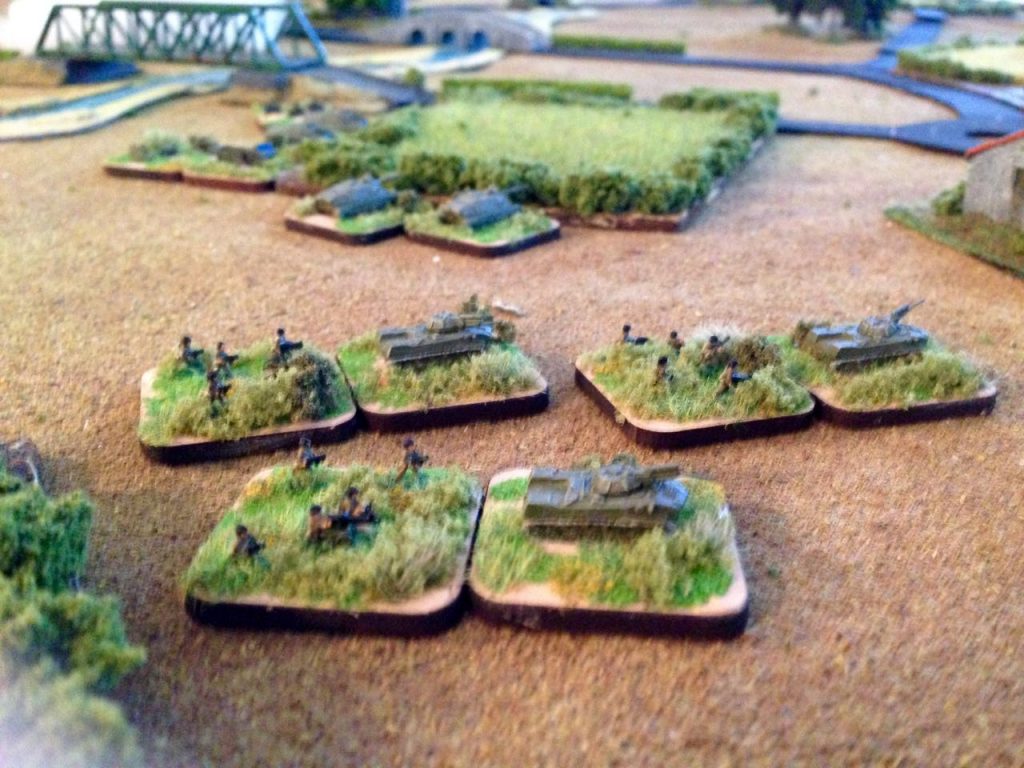
Spetnaz and supports enter the battleground using their new BMD2s.
Two companies are hiding in the woods, nearby St Genis.
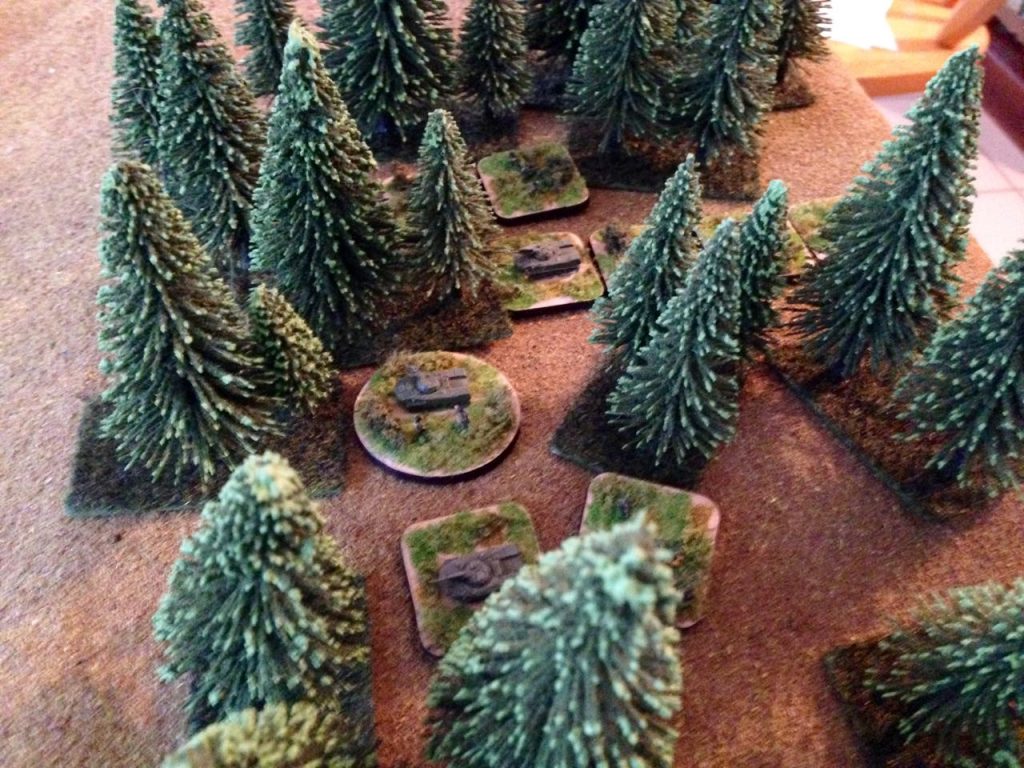
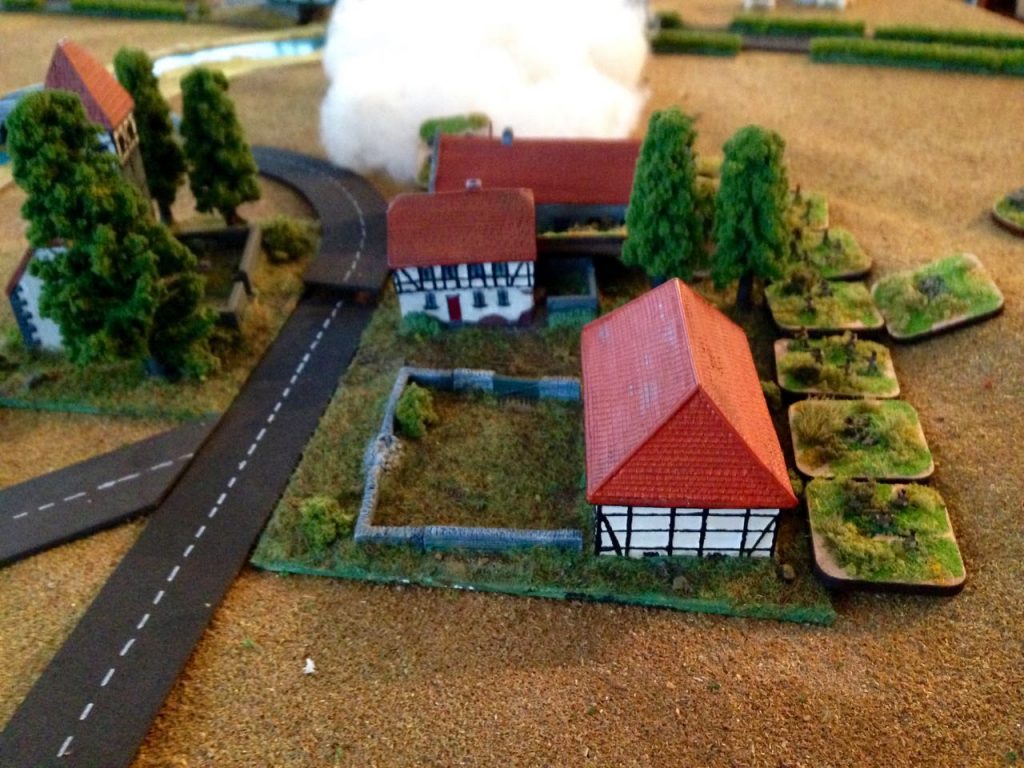
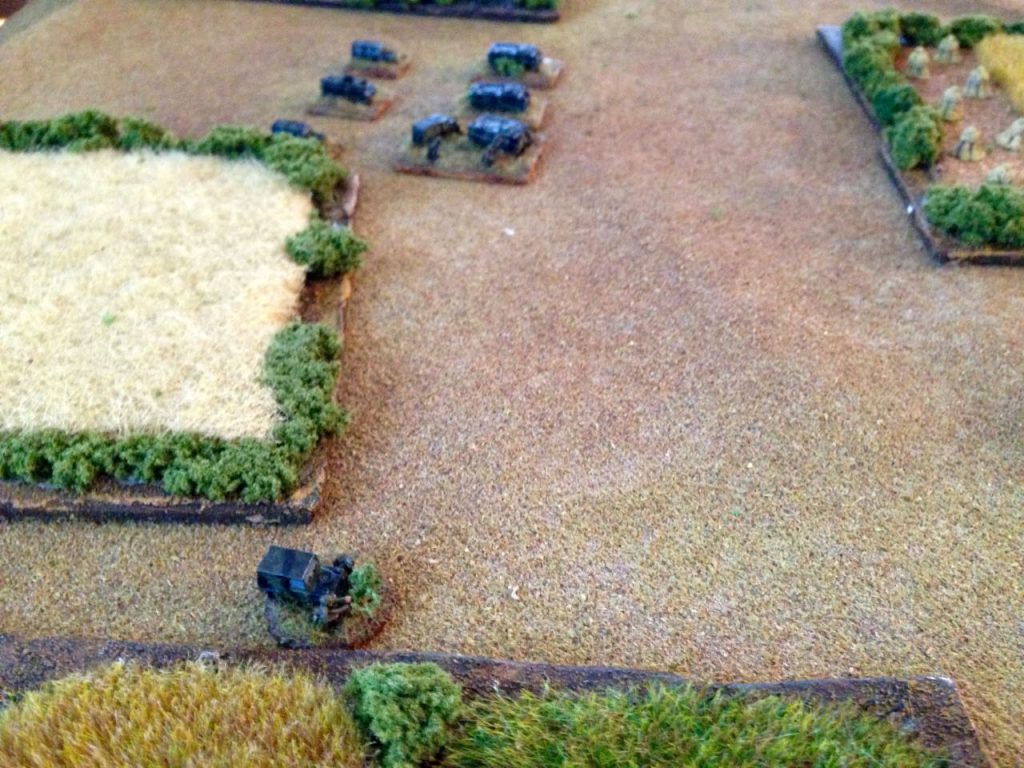

Soviet troops manage to enter St Genis afoot, covered by thick smoke fired.
British Forward artillery observer seen the ASU85s and orders the M109 to deliver droppable mines on top of the Self propelled Gun company.
British army Challenger I hiding behind vineyards, on top of a hill.

The town of StGenis is occupied by the soviets, who manage to reach the outskirts of the village without any losses.
As soon as they start to deploy their antitank weapons, they realise that they are of no use, since missile control wires would sink in the Rhone causing a total loss of control of their antitank missiles. This was not written in their training manuals. This is the true grim war experience which may bring doom on the Spetnaz!
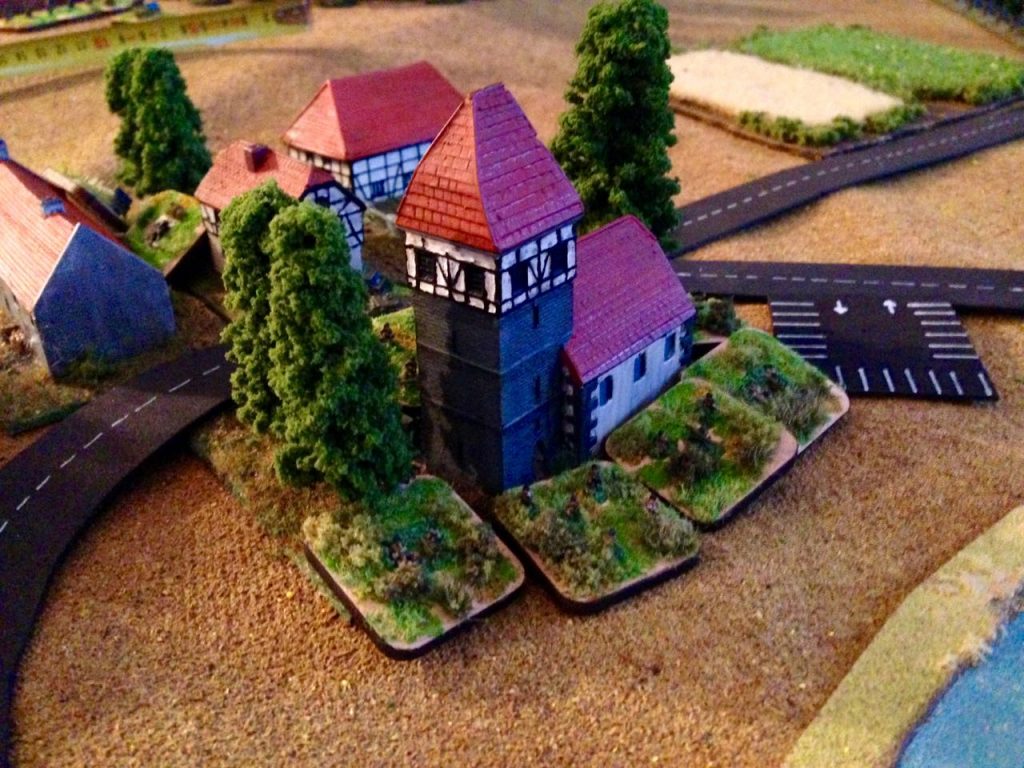
A view of StGenis from the British side.
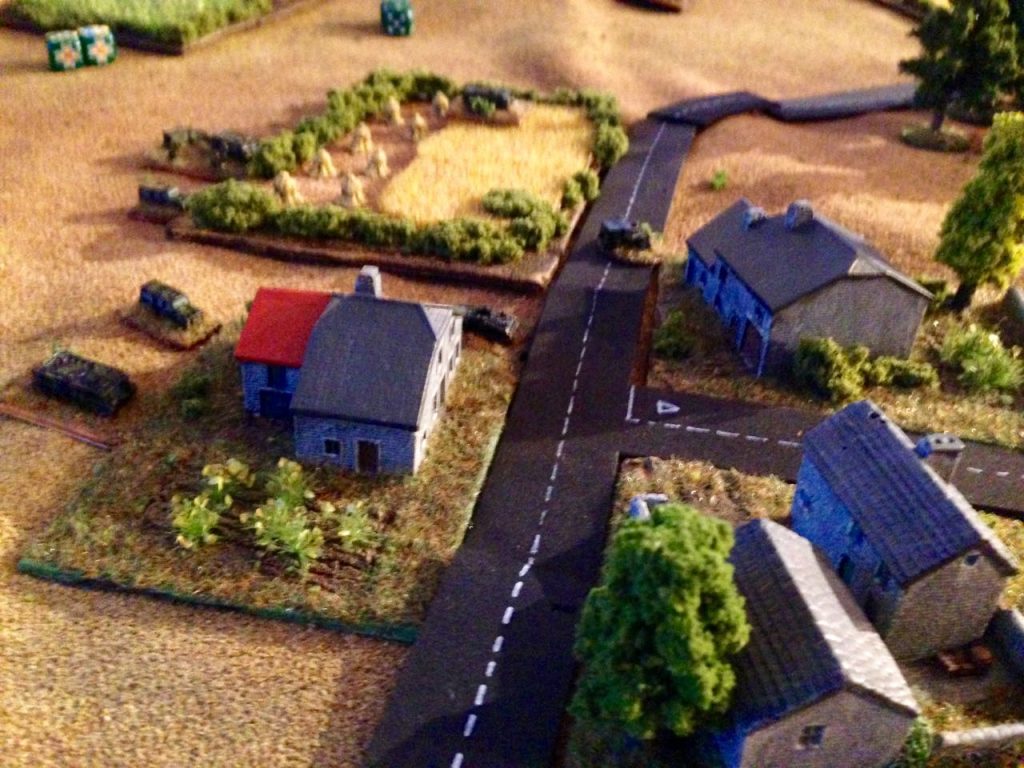
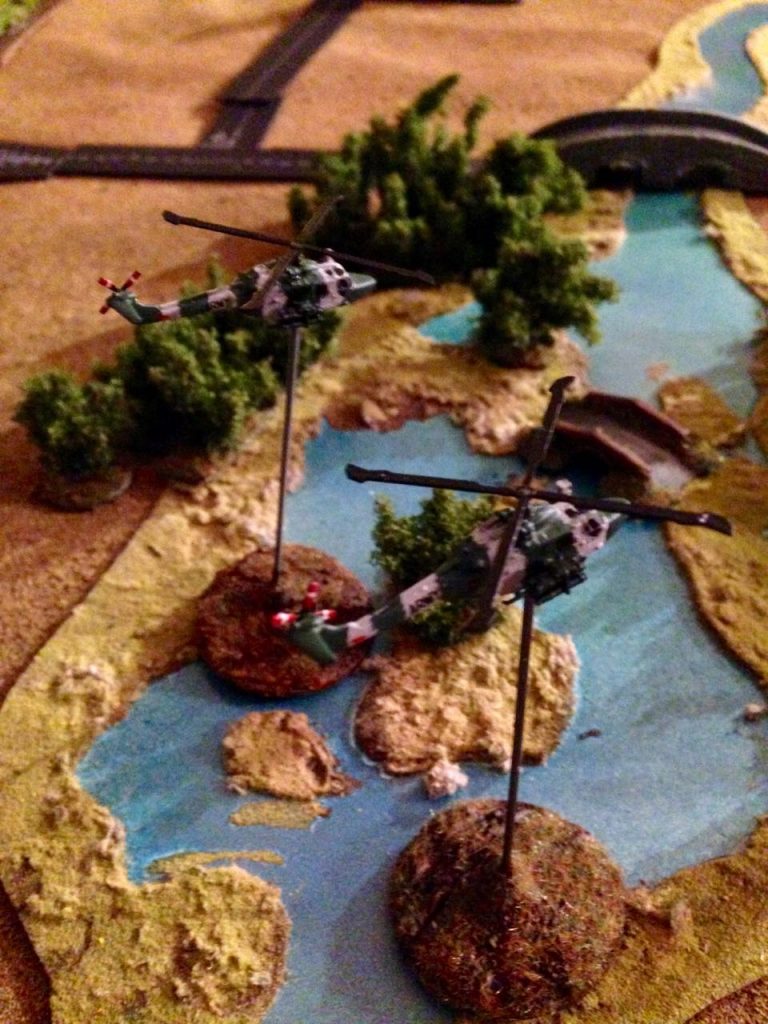
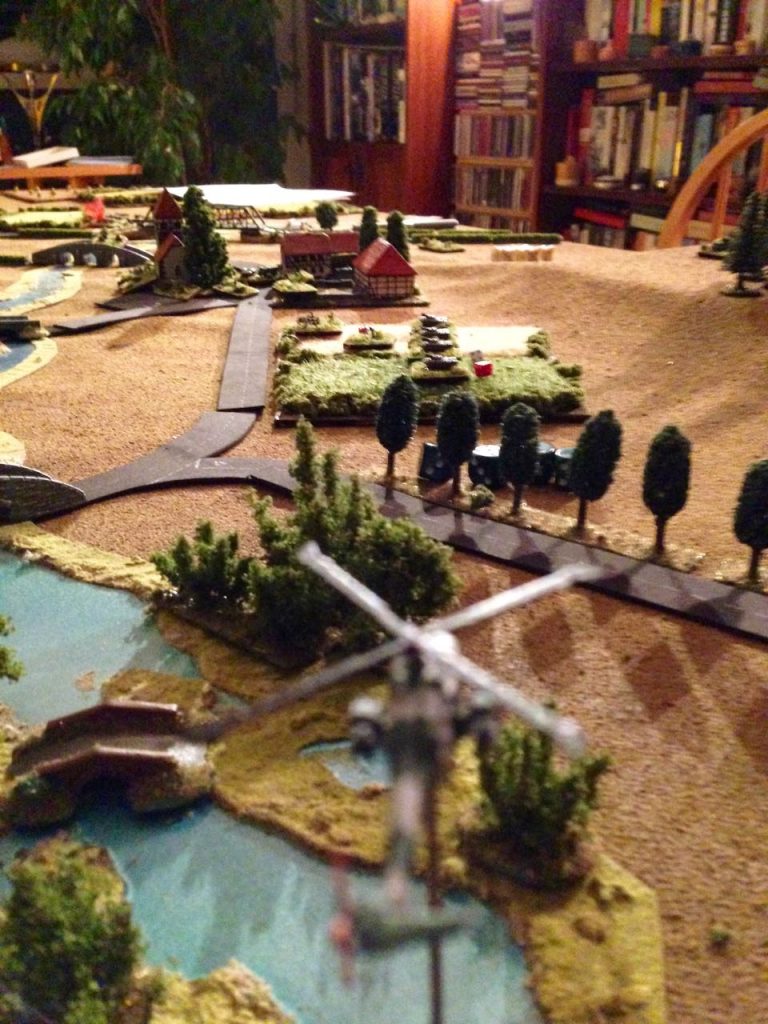
The town of Ferney Voltaire is now occupied by British mechanised infantry.
So far very few losses have been received by the soviets trying to hold the bridges along the Rhone.
Suddenly hell is loosed on all soviet troops not hiding in built-up area. Salvoes from the naval barges shake the ground and many BMDs brew up in flames.
“all antiaircraft teams are suppressed or to far away behind the lines” the British Artillery observer and Air Controller team reports to the (BAS) British Army in Switzerland Headquarters. Suddently attack helicopters appear on top of a treeline.
The remaining BMDs, not destroyed by the naval artillery, are now attacked by airborne ATGWs and blow in flames.
The full left flank of the airborne troops dissolves.
The moment of the attack, as seen by helicopter crews.
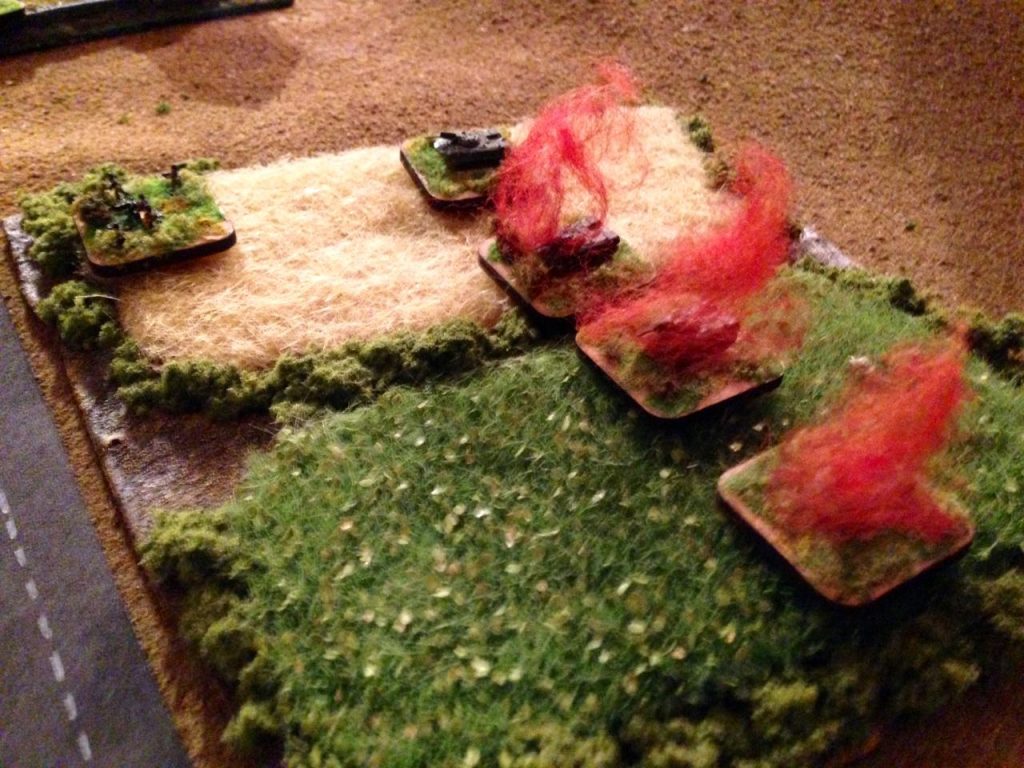
The BMDs burning in flames on the left, and the wiping out of ASU85s, attacked by the Chieftains at a range where their are not able to hit nor penetrate their powerful armor, make the defense of the Cointrin airport untenable.
Few hours later, British troops start to collect prisoners from rear echelon and support Soviet units surrounded in the Cointrin Airport. Switzerland is safe! For the moment..
Many thanks to Robert, for the fun and challenger, ops challenging game of yesterday night.
The historian was in Geneva in 1987, so this battle account, or better the evacuation was experienced by him in first person.
Long after this battle, British Army files being declassified, it was found that the British Navy artillery support was coming from real seaworthy ships and not barges. Two destroyers were in fact were brought over the Alps into Lac Leman by experienced Venetian engineers under the top secret Operation Enrico Dandolo.



